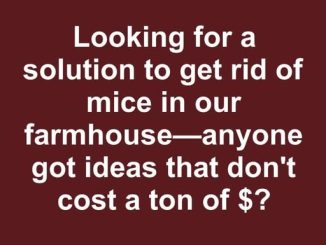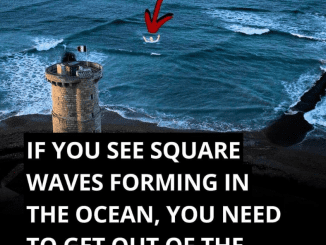In the summer of 1969, something extraordinary happened. A quiet dairy farm in Bethel, New York, became the stage for an event that would go down in history as the symbol of a generation—the Woodstock Music Festival. Held from August 15–18, this cultural phenomenon initially started as a modest idea but quickly spiraled into something much bigger. Over 400,000 people gathered for a weekend of peace, love, and, of course, music.
This wasn’t just a music festival; it was a movement. Woodstock captured the spirit of a generation that was pushing for change, fighting for peace, and redefining what it meant to be united. Let’s dive into the magic that made Woodstock a legend.
The Soul of Woodstock
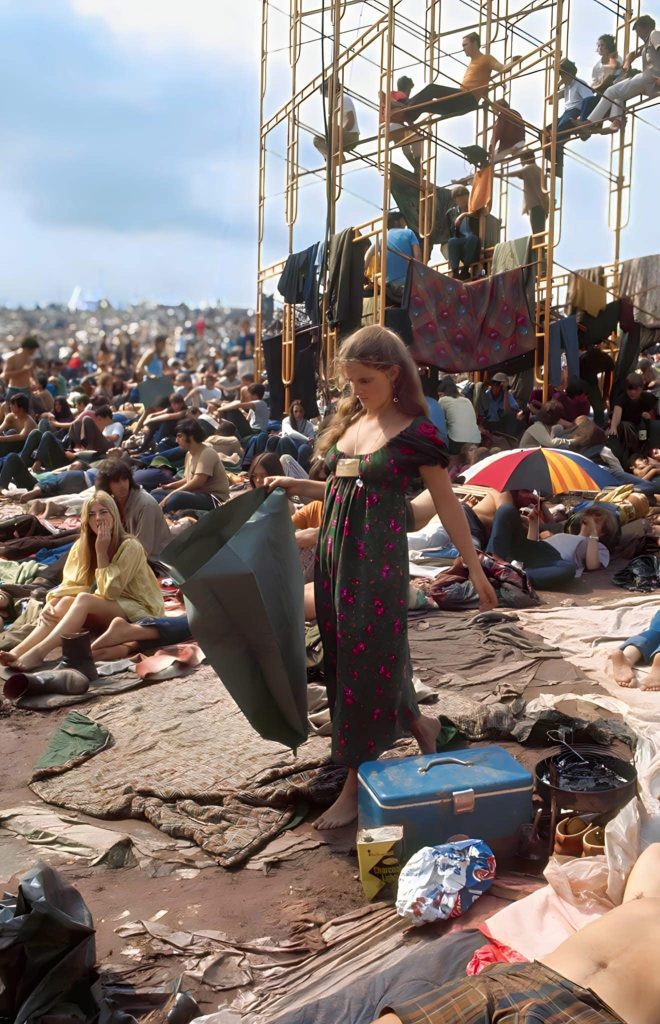
Woodstock wasn’t just a festival; it was a vibe. Imagine this: “An Aquarian Exposition: 3 Days of Peace & Music.” That was the tagline the organizers—Michael Lang, John Roberts, Joel Rosenman, and Artie Kornfeld—used to promote the event. Their vision? To create a space where people could gather, connect, and celebrate the values of peace, love, and harmony.
What made Woodstock special was its audience. The 1960s counterculture—driven by social change, civil rights movements, and opposition to the Vietnam War—found a home here. It wasn’t just about the music; it was about a community coming together despite the odds. Attendees shared food, stories, and even shelter, weathering rainstorms and shortages with kindness and goodwill. It was proof that unity and compassion could overcome almost anything.
Music That Defined an Era
Let’s talk about the music—because, let’s be honest, the performances were legendary. The lineup was packed with some of the greatest artists of all time. Jimi Hendrix’s searing guitar rendition of “The Star-Spangled Banner” was more than a performance—it was a protest, a call to action, and a masterpiece rolled into one.
Janis Joplin’s raw, soulful voice electrified the crowd, while Joe Cocker’s emotional rendition of “With a Little Help from My Friends” brought tears to many eyes. And The Who? Their high-energy set lit up the stage, leaving everyone in awe. Other unforgettable acts included Crosby, Stills, Nash & Young, Santana, and Richie Havens, whose impromptu opening performance of “Freedom” became an anthem of the festival.
From rock to folk, blues to psychedelia, Woodstock’s music captured the diversity and creativity of an era. It wasn’t just entertainment; it was the soundtrack of a cultural revolution.
Weathering the Storm: Woodstock’s Challenges
Woodstock wasn’t all sunshine and rainbows. Literally. Heavy rain turned the fields into giant mud pits, and the crowd—four times larger than expected—stretched resources to the limit. Food shortages became a real concern, and sanitation? Let’s just say it left a lot to be desired.
But here’s the thing: instead of descending into chaos, people came together. Attendees shared whatever they had. Local farmers donated food. Volunteers stepped in to help. Medical teams worked tirelessly to keep everyone safe. It was messy, sure, but it was also magical. The spirit of cooperation and goodwill turned potential disaster into a testament to human resilience.
The Legacy of Woodstock
Woodstock was more than a festival—it became a symbol of hope, freedom, and the power of music to unite. It reflected a generation’s yearning for change and proved that when people come together, incredible things can happen.
Even today, Woodstock’s influence is felt far and wide. It set the standard for music festivals around the world, inspiring events like Coachella, Glastonbury, and Bonnaroo. Beyond music, it remains a reminder of what’s possible when people unite for a common cause.
Little-Known Facts About Woodstock
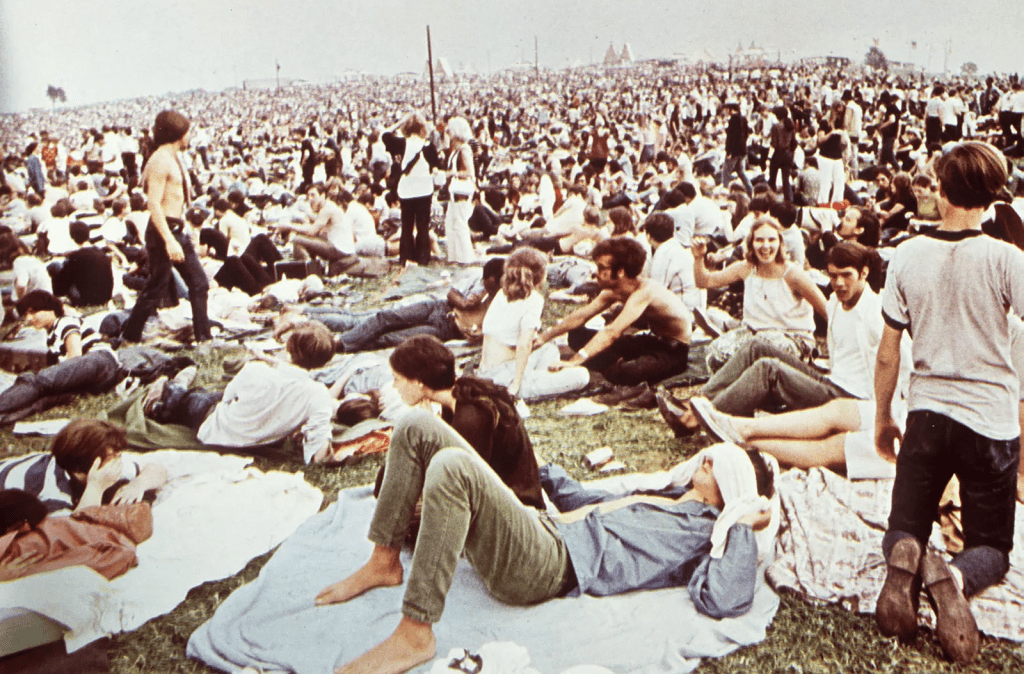
Here are a few fun tidbits about Woodstock that you might not know:
- The festival was supposed to be a ticketed event, but when crowds grew too large to control, the organizers declared it free.
- Jimi Hendrix’s iconic performance? It happened early Monday morning to a much smaller crowd, as most people had already left.
- The location in Bethel wasn’t the original plan. Permits fell through in Wallkill, New York, forcing a last-minute change.
- Despite the massive crowd and chaotic conditions, Woodstock was surprisingly peaceful, with no reported violence.
Why Woodstock Still Matters
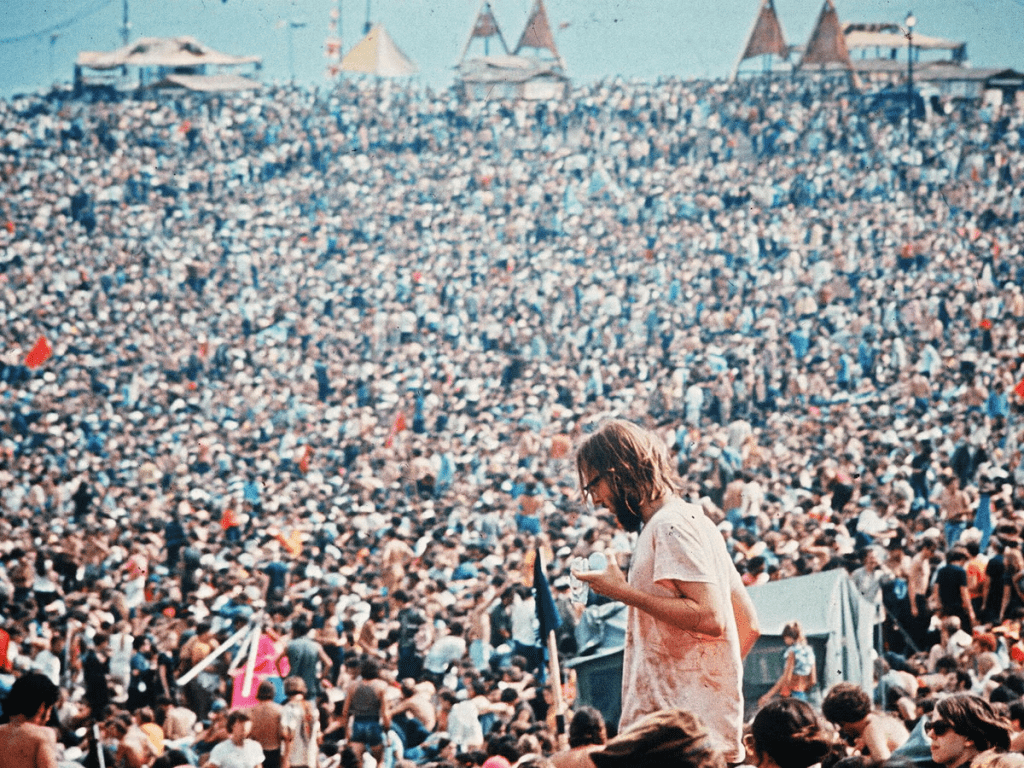
Why does Woodstock continue to captivate us? It’s simple: it was more than music. It was about people. It was about standing up for what you believe in and embracing diversity. It was a moment in time when the world paused to celebrate peace, love, and art.
Woodstock reminds us of the power of unity in the face of adversity. It shows us that even in challenging times, people can come together to create something beautiful. Its legacy continues to inspire new generations to dream big, embrace creativity, and strive for a better world.
Conclusion
Woodstock wasn’t just an event; it was a revolution. It brought people together in ways no one thought possible, leaving a legacy that still resonates more than 50 years later. Whether you were lucky enough to be there or you’ve only experienced it through stories, Woodstock’s impact is undeniable. It was proof that music isn’t just sound—it’s a force that can change the world. And in 1969, on a muddy farm in Bethel, New York, it did exactly that.
